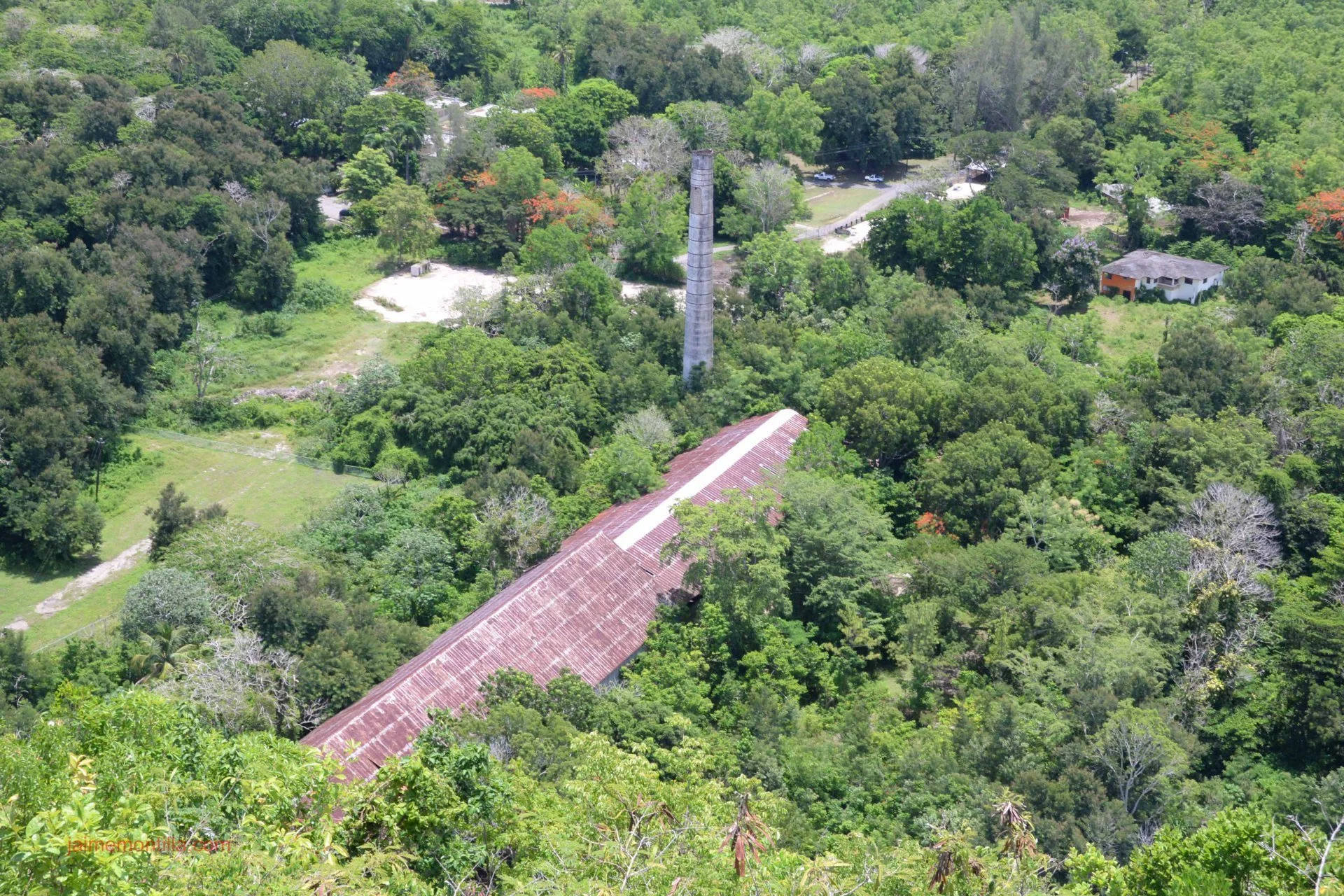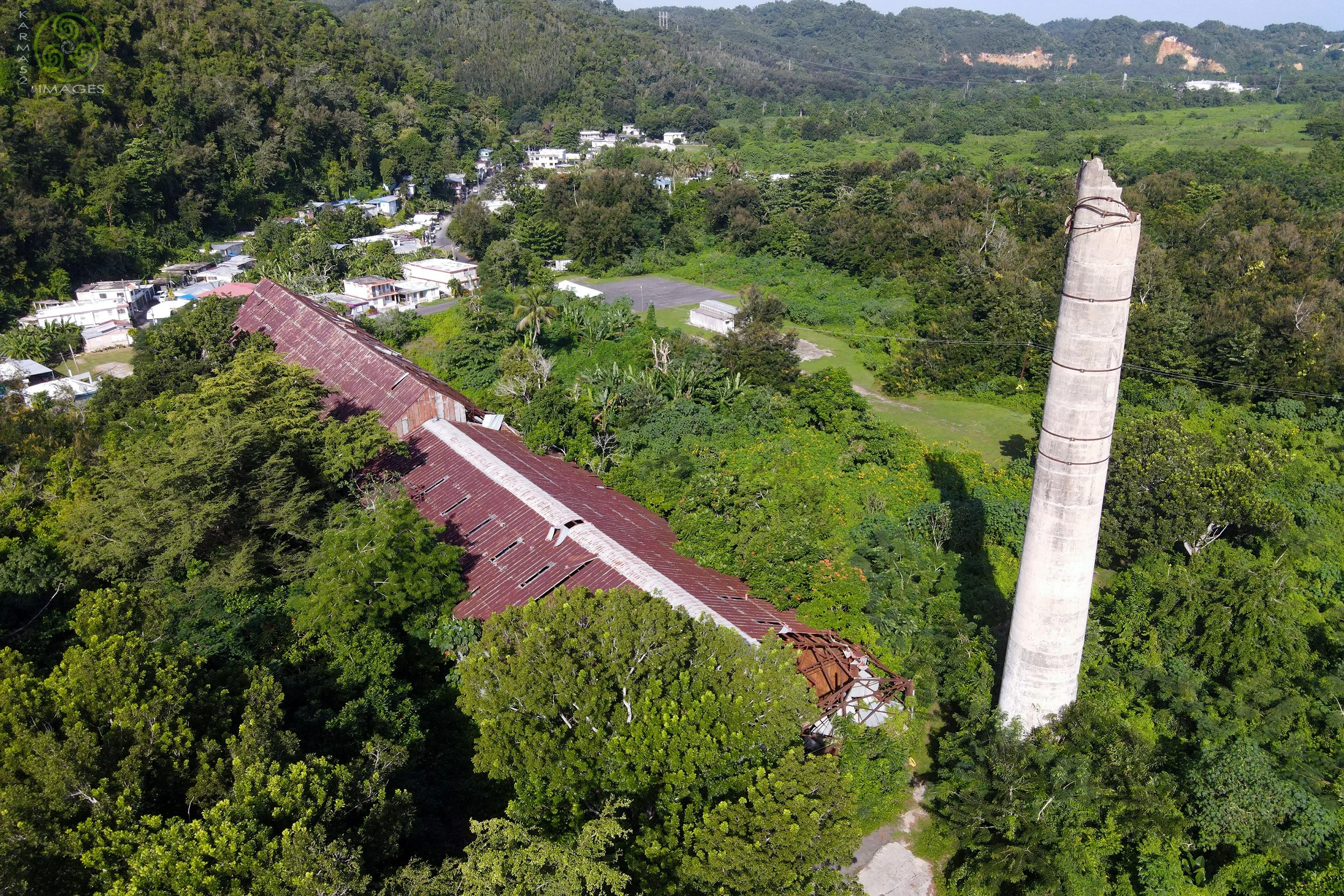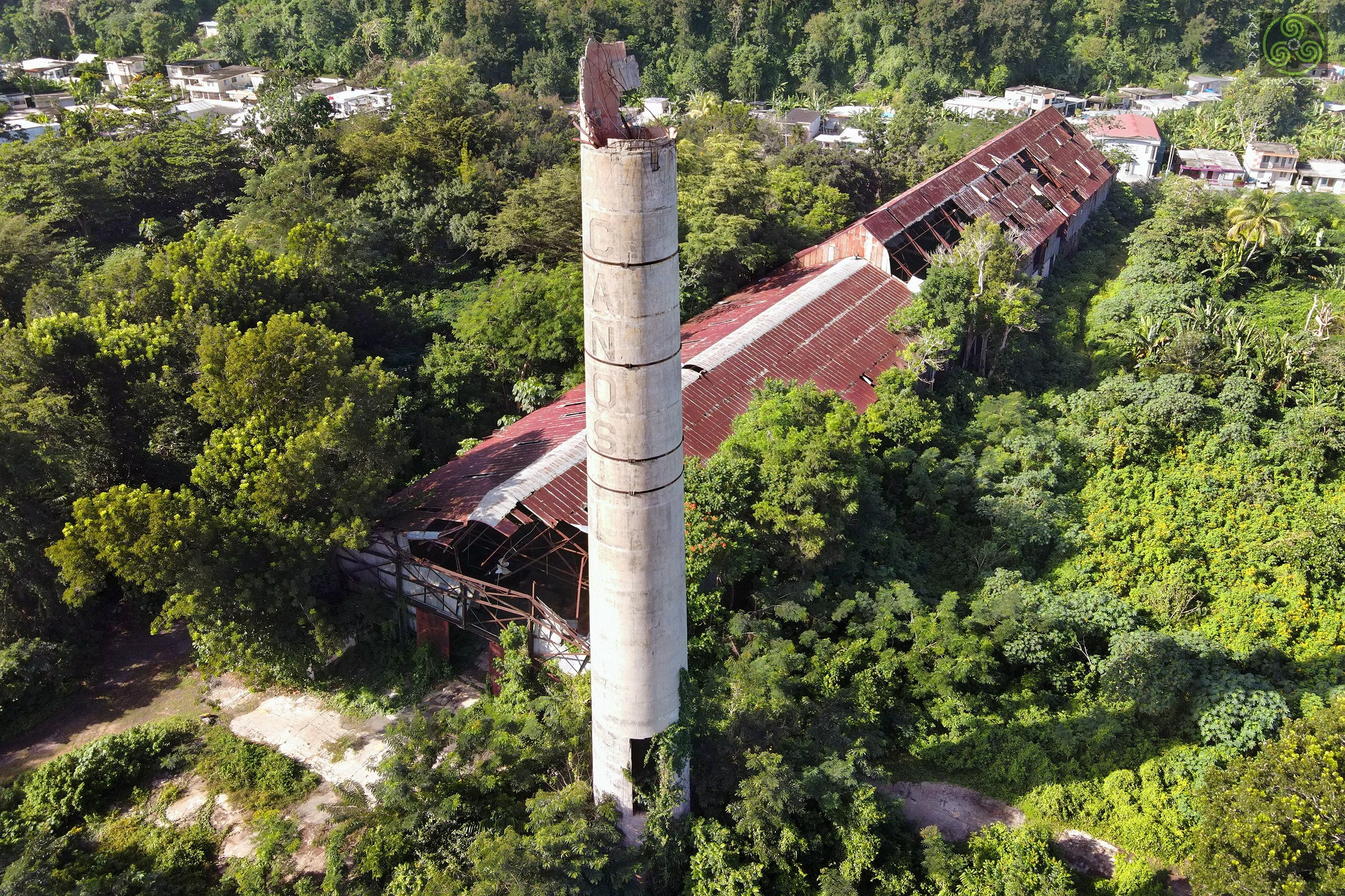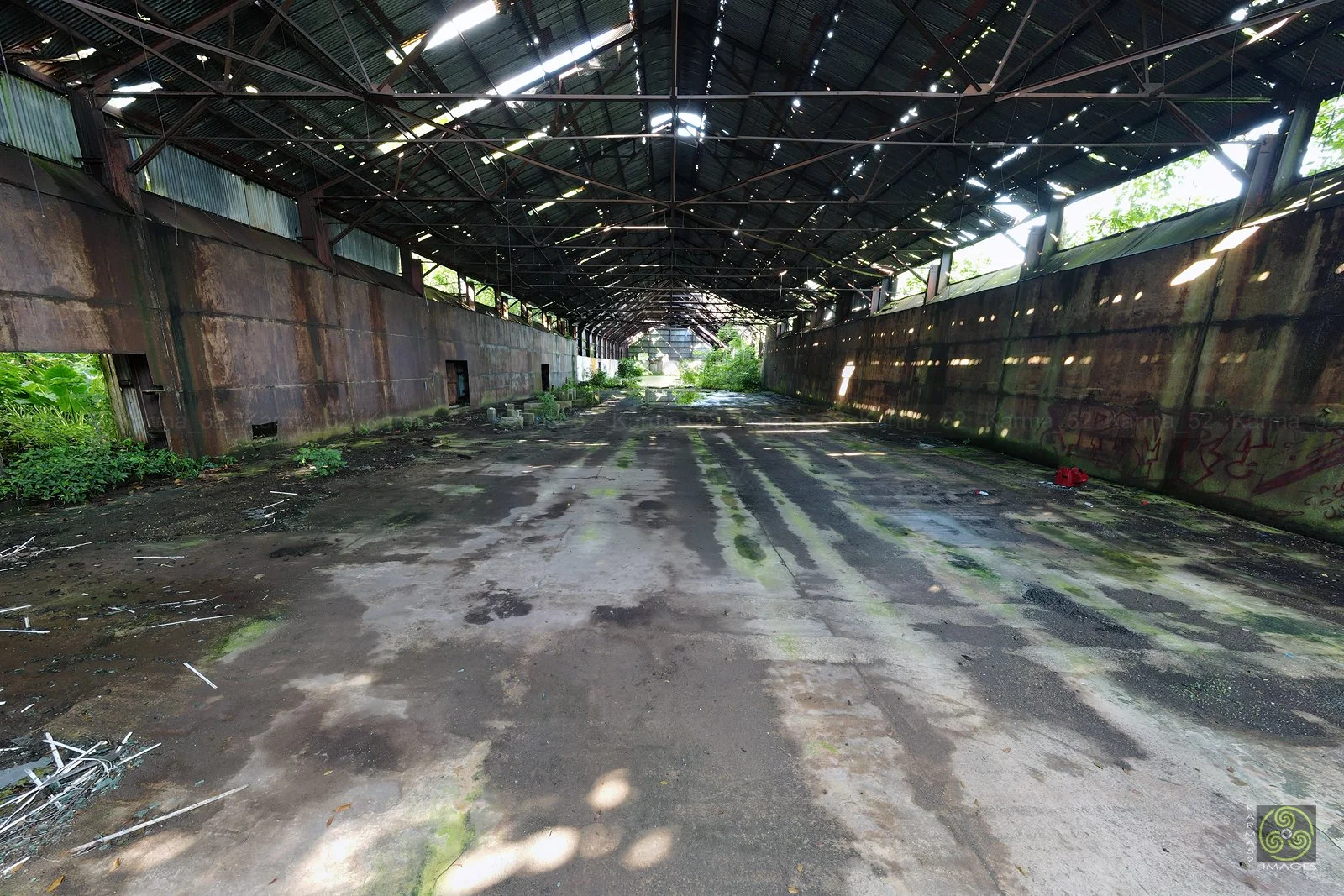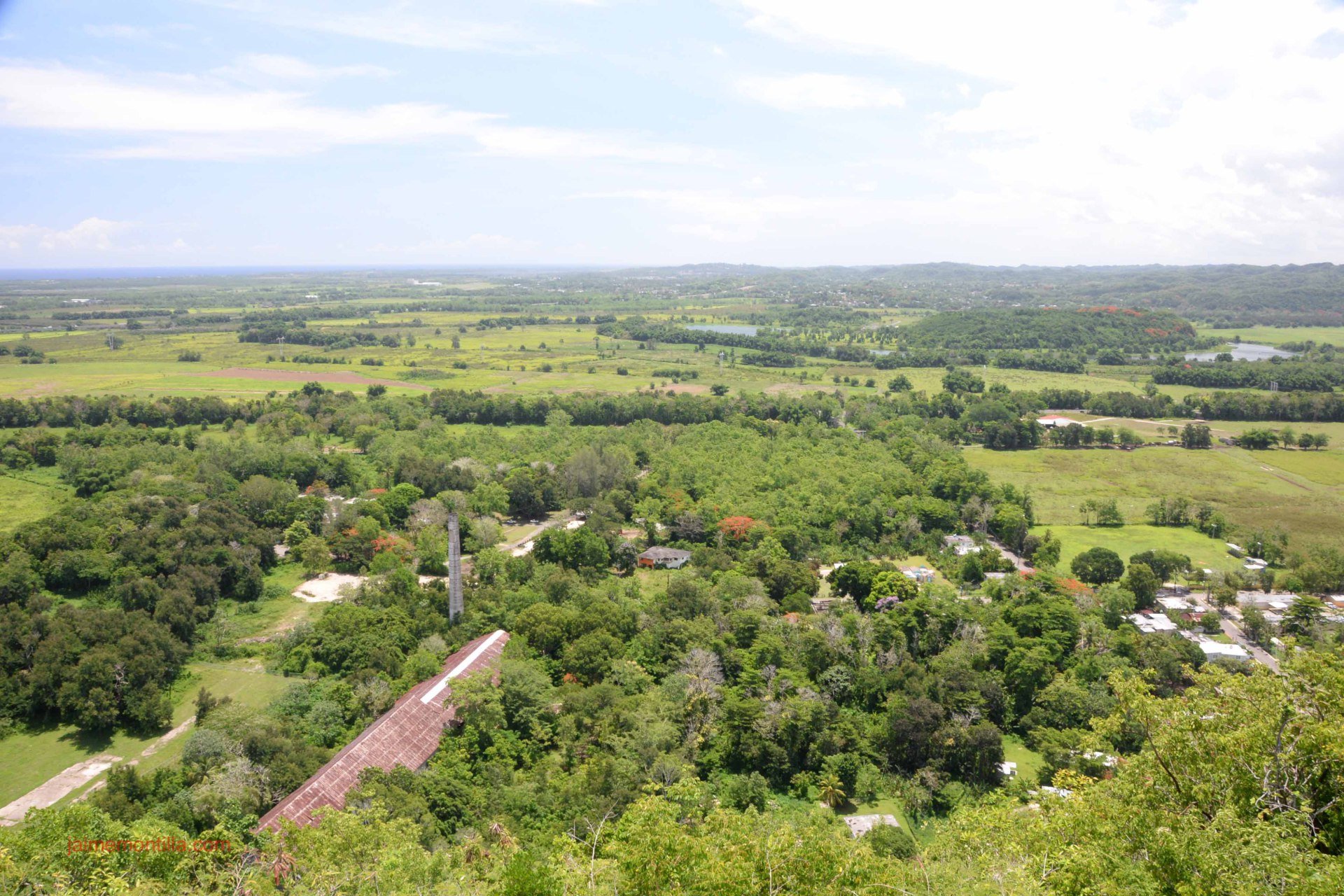
Central Los Caños
Location: Arecibo
Date Established: 1884
Date Ceased Operations: 1972
Annual Production Graph
Average Annual Production: 19,632 Tons
Best Production Year: 1952/43,290 Tons
Family Ownership: Pavenstedt, Georgetti
Corporate Ownership: Los Caños Sugar Cooperative
In 1841 Hacienda Los Caños belonged to the estate of Francisca Torrin. The agent representative of the estate was José Ramón Larrieu Despiau (1801-1856) who later was its owner. On March 19, 1844, Larrieu was awarded the "Cruz de Caballero en la Real Orden de Isabel la Católica" due to his initiative to build a canal at the Tanamá River in Arecibo. He was also appointed "Comendador de la Real Orden de Isabel la Católica" on June 19, 1848 to recognize his contribution to the Spanish Crown for providing lumber for the construction of battleships. He was awarded the title "Vizconde del Caño" making reference to the name of the hacienda he owned.
My 2nd Great Uncle Cayetano Coll y Toste in his Crónicas de Arecibo states;
"...don José Ramón Larrieu, owner of Ingenio Los Caños, and numerous members of his family disappeared under the deadly attack of the cholera epidemic..."
In 1858 in the court case related to the intestate death of Francisca Ruiz de Sagredo and José Ramón Larrieu, the judge ordered the sale in public auction of the two hundred seventeen cuerdas Hacienda Los Caños. Francisco Ulanga (1801-1860) was a Spanish immigrant from Bilbao in the Basque Country who arrived in Arecibo at the age of nine and died there on September 19, 1860. Ulanga and his wife Santos Figueroa, acquired Hacienda Los Caños in 1858 and operated it under the name Ulanga & Cia., firm he had in partnership with Juan Ball and Agustín Goicouría. Coll y Toste says about Ulanga & Cia.,
"merchant firm that came to be like a small agricultural bank for all the district, under whose auspices and protection almost all the sugar factories of our area changed from the rustic oxen driven mill to the potent steam mill"
Ulanga & Cia. filed for bankruptcy November 6, 1860 when Felipe Toste Torres (1812-1892) was named Trustee, followed in 1865 by the son of British immigrants Carlos Federico Storer Weyley (1829-1889) also known as C. F. Storer. In a meeting of creditors held on June 9, 1866, Johan Abraham Edmund Pavenstedt (1810-1891) a German immigrant from Bremen resident of New York and principal at E. Pavenstedt & Co., entered into a contract to acquire Hacienda Los Caños and Hacienda Cambalache from the defunct Ulanga & Cia. In September 1866, the court awarded all the assets of Ulanga & Cia. to the firm C. F. Storer & Cia., who agreed to pay creditors 60% of the amount owed. Subsequently, Pavenstedt acquired Hacienda Los Caños and Hacienda Cambalache from C. F. Storer & Cia. on the terms of the June 9, 1866 agreement.
In his book Leopold Strube (1873-1919) Fritz Lohmann states that the acquisition transaction by Pavenstedt was marred by several legal problems. To attend to these, in 1878 Bremen resident and attorney Jules Shröder (1853-1908) was sent to Arecibo by Pavenstedt. It took Jules ten years to solve the legal issues regarding the acquisition of Hacienda Los Caños and Hacienda Cambalache, during which time he represented the Pavenstedt’s in several lawsuits and negotiations and also became the successful administrator of both haciendas. La Gaceta de Puerto Rico in its edition of October 8, 1881, published a notice by Julián E. Blanco as the only representative in Puerto Rico of Bremen, Germany resident Edmund Pavenstedt in the absence of Dr. Julio Schröder. The notice was to give public notice that any sale related to products or goods from the Pavenstedt owned Hacienda Los Caños and Hacienda Cambalache made without his supervision and approval, or a court order, was unlawful.
Under Pavenstedt’s ownership and Schröder’s management, by 1884 Hacienda Los Caños had grown into a central sugar mill. In 1888 Pavenstedt resumed the administration of both sugar estates and Jules returned to Bremen. Jule’s brother Victor (1850-1895) who had helped him in the administration, stayed in Puerto Rico and that same year bought and moved with his German wife Erica Aster to Hacienda Jobos, then a tobacco plantation turned into a coffee hacienda in Utuado. He was joined there by their nephew Leopold Strube (1873-1919) who just nine months after his arrival took over ownership of Hacienda Jobos when upon the death of his uncle Victor Shröder his widow and the two surviving children of the couple born in Puerto Rico returned to live in Bremen.
Upon Edmund Pavenstedt’s death in 1891, Los Caños was owned by his estate, the Sucn. E Pavenstedt, and managed by his son Edmund Wilhelm Emil Pavenstedt (1862-1945). Edmund Wilhelm was also born in Bremen where he received his formal education and served in the military. In the 1880s he worked as an apprentice at Geyer & Uungk in New York City, specializing in Tobacco. After his apprenticeship at Geyer & Uungk, Edmund Wilhelm worked for the NYC firm Mosle Brothers, a sugar importing and banking firm established in 1879 by German descendants from Bremen George Rudolf Mosle, Jr. and Arthur Henry Mosle. George Rudolf Mosle, the father of George Rudolf Jr. and Arthur Henry, had been a partner at E. Pavenstedt & Co. from 1859 to 1879 and was familiar with doing business in Puerto Rico.
Edmund Wilhelm came to Puerto Rico in 1885 to learn the sugar growing business at Central Los Caños and was responsible for the sale of raw sugar in the US market. Upon his return to NYC, Edmund Wilhelm became a 10% partner at Muller, Schall & Co., a private banking and commission business established in 1853 by William Schall Sr. as Schall & Co. The firm name was changed to Muller, Schall & Co. when William Schall's son-in-law Frederick Muller and his brother Carl joined the firm. Muller, Schall & Co. was closely associated with the organization of the South Porto Rico Sugar Company.
From 1884 to July 30, 1895 Carl Westphaling, also a German immigrant from Bremen was bookkeeper, correspondent and cashier of Central Los Caños. Upon leaving his employment at Los Caños, Carl acquired Hacienda San Gabriel from Felipe Correa who had owned it at least since 1841 and established Central Oriente, barely a mile or so north of Central Los Caños on the banks of the Santiago River. The old picture of Central Los Caños ca. 1884-1895 is made available thanks to the courtesy of Bernhardt Westphaling, grandson of Carl Westphaling.
On March 1919 Central Los Caños was sold to Eduardo Georgetti, who was then owner of Central Plazuela. Los Caños did not own any land so it was dependent on individual growers or "colonos" for the sugarcane it processed. In an article on the December 21, 1938 edition of El Mundo Newspaper, the "Asociación de Agricultores de PR" acknowledges and views as positive, the sale of Central Los Caños to the Puerto Rico Reconstruction Administration (PRRA). Los Caños was sold by Georgetti to the PRRA who, in a similar move to what happened at Central Lafayette, sold it to a cooperative formed by sugar growers or colonos and laborers who continued to operate it until its closure in 1972. After its closure, Central Los Caños was dismantled and its machinery sold in Costa Rica where it was incorporated to Central Azucarera Tempisque owned by Spanish immigrant Federico Sobrado Carrera in the Guanacaste Province.
There were seven sugar mills in the valley between Toa Baja and Arecibo; Los Caños, Oriente, Carmen, Cambalache, Constancia, Monserrate and San Vicente. In one of the pictures the smoke stacks of the much larger Central Cambalache can be seen approximately two miles north towards the coast. From the photos below, the first three taken from a mountain top close to the ruins, the expansive valley along the Atlantic Ocean coastline spanning from Arecibo to Toa Baja can be appreciated. The drone pictures in the gallery below were taken by and made available courtesy of Carlos Alemán.
